
-
Apexlink
Real Estate
-
DLS
General Insurance
-
DMV
Government
-
Entiger
Fintech
-
GIS Mapping
Gas & Petroleum
-
HMS
Employee Benefit
-
HAWA
Government
-
Harley
Community
-
IHG
Hotel & Tourism
-
Sparkseeker
Humane Tech
-
Track Ninja
Sports
-
Response Vision
Disaster Management
- AI/ML Services
- Application Services
- Automation Services
- Cyber Security
- Chatbot Experts
- Data Analysis
- Data Warehouse Services
- Digital Commerce Services
- Digital Transformation
- Infrastructure Service
- Low Code/No Code
- Managed IT Services
- IT Support
- IT Consulting
- IT Outsourcing
- Mobile App Development
- IOS Development
- Android Development
- Cross Platform Development
- Gaming App Development
- Software Development
- System Design & Architecture
- Testing Services
- Web Development
Remember the last time? We spoke about introducing a PACE-powered framework for your Supply chain process optimization.
The first letter of the acronym PACE depicts predictive, and that is the thing we are going to discuss in this blog. With the power of predictive modeling, you can make informed decisions that will benefit your organization no matter what your niche is.
So, without any further ado, let’s get you started with it.
Addressing Predictive Modeling in Layman’s Language
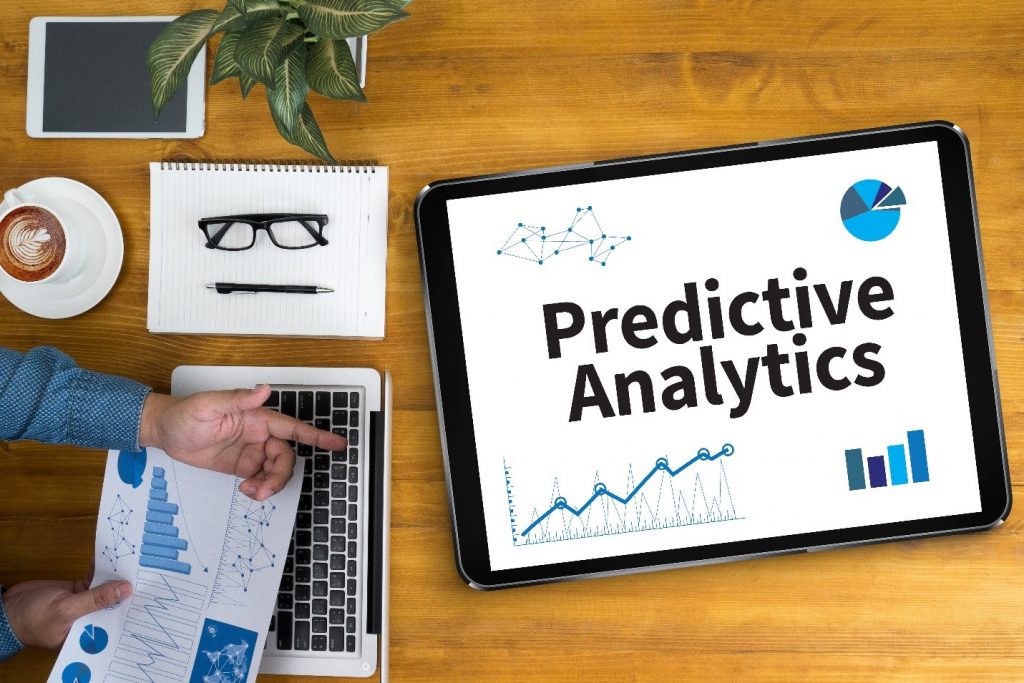
In general, predictive model refers to a process that leverages data and stats to predict all sorts of outcomes with the help of data models. Data modeling are capable of predicting outcomes from TV ratings to business expenditures.
The interesting fact is when people address predictive modeling, they often refer to these three terms,
- Predictive Analysis
- Predictive Analytics
- Machine Learning
These are like synonyms of predictive modeling; you can use them interchangeably. However, it is worth mentioning that predictive analytics often referred to as the commercial application of the term predictive modeling. In addition to that, predictive modeling is more of an academic term. If we talk about machine learning, the concept is quite distinct from predictive modeling. Machine learning is an application of statistical data to empower machines to construct predictive models. However, in practice, people do use machine learning and business process modeling interchangeably even though machine learning is a part of artificial intelligence.
Here in this post, we’ll stick to predictive modeling.
An Overview of Predictive Modeling
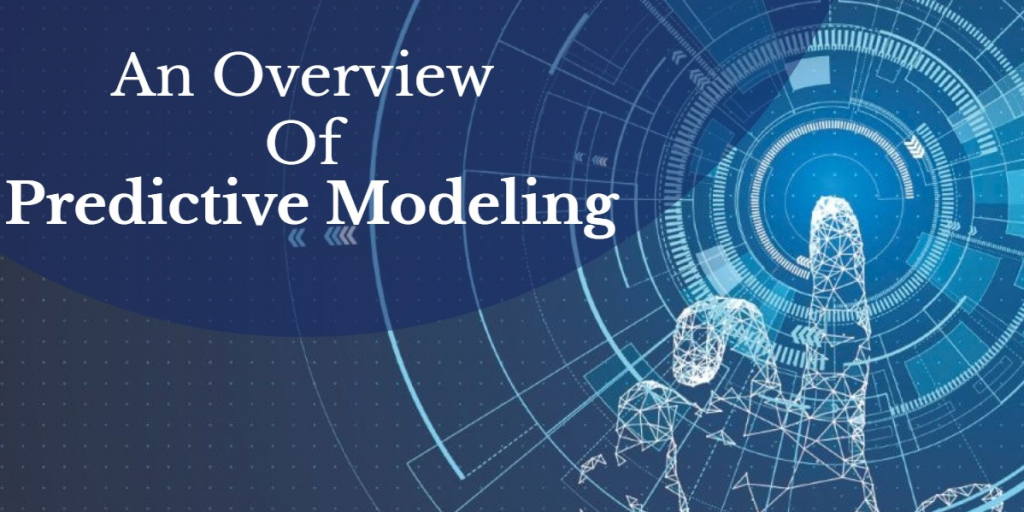
Predictive modeling is beneficial for an organization as it gives futuristic insights that will help you in maintaining a competitive advantage. How will you feed the predictive model? The following are the sources that your analyst can use for the predictive model.
- Survey Data/Polling
- Advertising and Digital marketing data
- Economic data
- Web Traffic Stats
- Data from sensors and beacons
- Transaction data
- CRM software data
To be the leader in the business, you must align the predictive model with your enterprise’s strategic goals. Data organization is another aspect that an analyst must focus on. The model must align with the data so that machines (computers) can create outputs and forecast for hypothesis testing. Then the business intelligence tools will give you insights in visuals or graphs or report format. So, when you are integrating predictive models in your business process modeling, the following are the things you need to consider:
- Data-gathering
- Benchmark analysis
- Data-segmentation
- Goals & KPIs evaluation
- Plan execution
- Process streamlining
- Action plan `as per the report
How Predictive Modeling & Data Analytics Resonates Each Other?
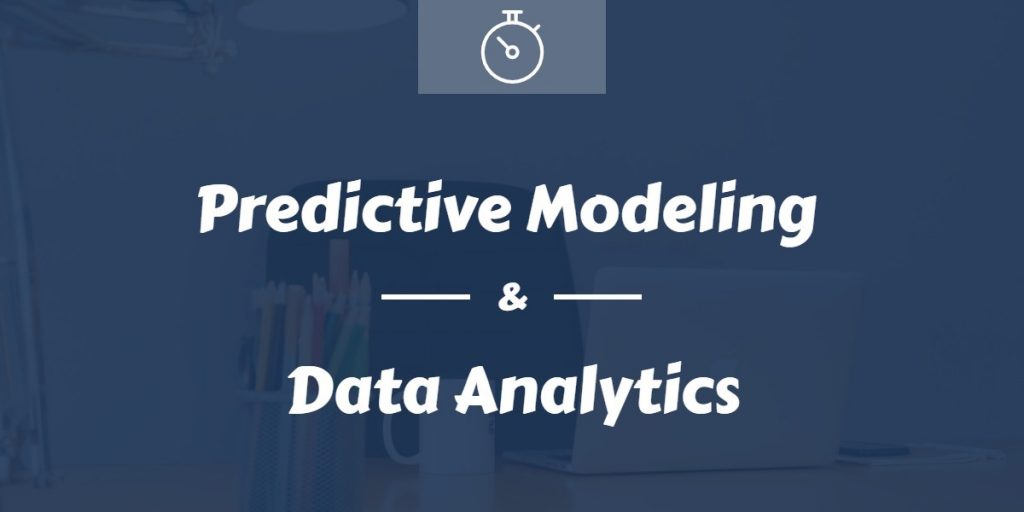
As we all know, data analytics is further segmented into four types. Out of these four, predictive modeling techniques is closely related to the predictive analytics category. Let’s have a look at these four types of data analytics to understand the deeper meaning.
Descriptive Analytics
The primary role of descriptive analysis is describing the data available. For example, a software company served to 2,000 clients in Q2 and 1,500 in Q1. Descriptive analysis will answer the question of how many clients were served in Q2 vs Q1.
Diagnostic Analytics
If you want to know the “Why” part behind the descriptive analytics, then diagnostic analytics is all that you need. Let’s stick with the previous example. With diagnostic analytics, the above data will be drilled deeper. The data analyst will seek more data by determining marketing and sales efforts to take reference against sales growth.
It further adds value to the data because the analyst can also find what the reason for the sales increase was, was it the highly proficient salesperson or the hype in the industry!!!
Predictive Analytics
In a nutshell, predictive analytics is the application of machine learning and data mining practices to depict what might happen in the future. The outcome is never accurate, but with the help of relevant data, it can determine the most likely outcome. It is different from data mining. Data mining is all about finding out hidden relation between variables while predictive analytics is about finding most likely results. With predictive analytics, the software company in the above example can create a predictive model to determine future revenue generation based on the marketing spends.
Prescriptive Analytics
Once your predictive model is ready, prescriptive analysis comes to play and provide you with the recommendations based on the predicted outcome. It leverages the external data sources, stats history, and ML-based algorithms scripted in languages like python.
Applications of Predictive Modeling
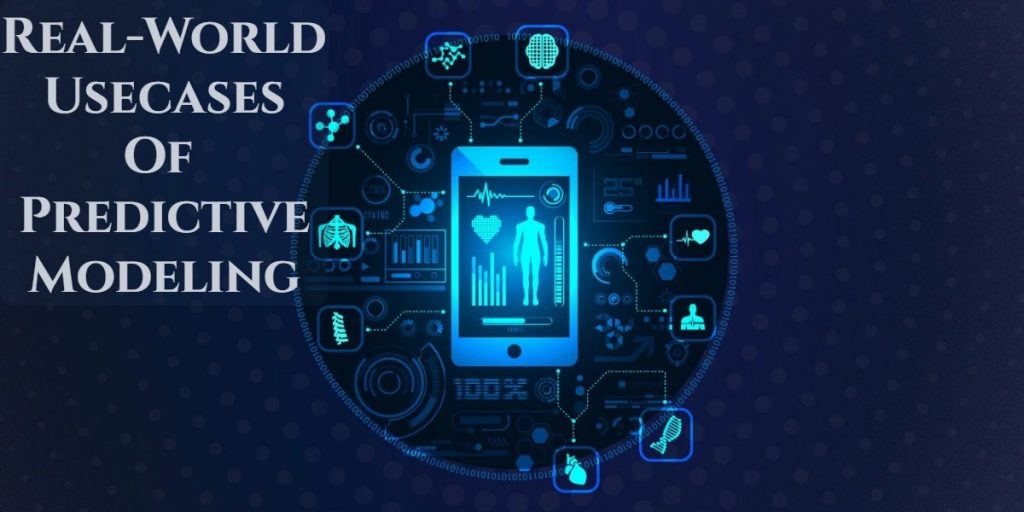
Here are some real-world application of predictive modeling you might love,
Predictive Modeling in HR Analytics
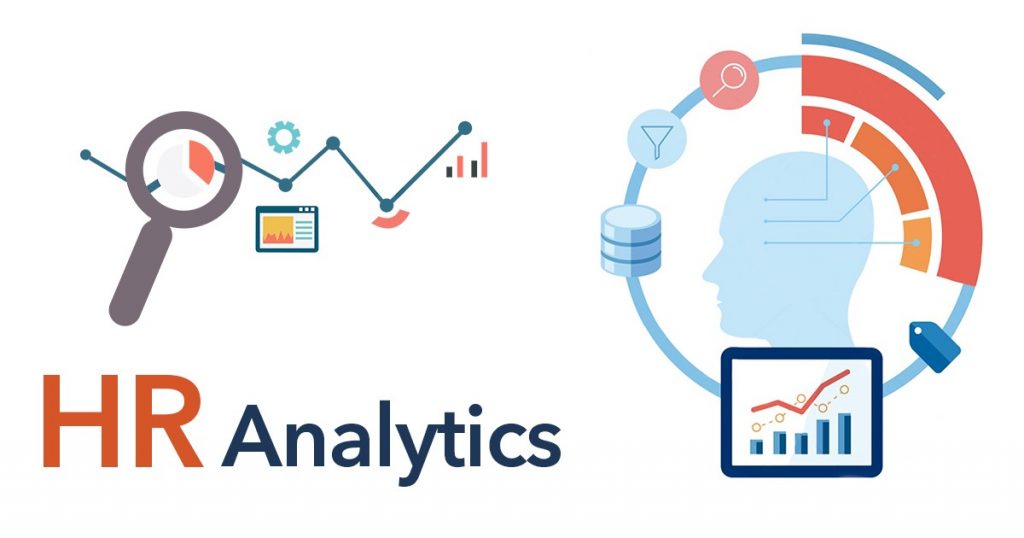
From hiring to retention, HR analytics can leverage the potential of predictive modeling. The professionals can harness the power of the predictive model in making important strategic decisions like performance management and workforce planning.
Here are some applications of predictive modeling in HR Analytics,
- Identifying employees with high retention risks.
- Identifying potential candidate best for the job
- Evaluation of technical skills based on screening tests and other forms of candidate evaluation.
- Predicting employee requirements in the next six months.
- Calculating incentives to encourage desired behavior.
- Determining behaviors to ensure high performance.
- Evaluating the effect of wellness on the performance of the employee.
- Predicting numbers of resources that will go for different insurance packages offered.
- Determining the efficiency of the managers in the enterprise.
Controlling Customer Churn Rate
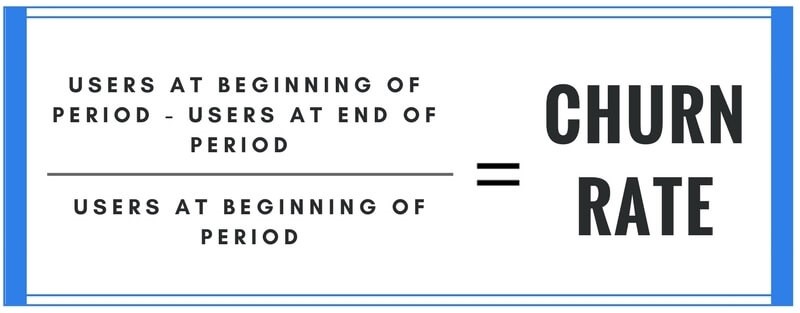
Controlling the customer churn rate is crucial for any business. Prevention of customer churn is one of the most common use cases of business analytics for all B2B & B2C companies.
A happy customer is all a business want. If a customer suddenly stops continuing their buying behavior, then the company need to work extra on either on new customer acquisition or selling more to other existing customers. In addition to that, new customer acquisition is always tricky and expensive; this makes customer churn even more critical for a business.
With the power of predictive modeling, you can control or prevent customer churning. If you have enough data, you can create models to identify the reasons why customers are not buying anymore. Is it the effectiveness of the product, or does the market is offering better products? With the right data, it becomes easy to identify and mitigate customer churning.
Predictive Modeling in Healthcare Sector

The best use case for predictive modeling in the healthcare sector is a medical diagnosis. With the silos of data every year, the data quantity available for creating accurate models is more than enough. There are many use cases where predictive modeling can be leveraged but the way medical diagnosis has paved its mark is making significant breakthroughs that are newsworthy.
There are devices and systems that are using predictive modeling with such brilliance that they are outperforming, even medical professionals. However, it is highly unlikely that medical professionals can get replaced by machines. On the positive side of that, the way doctors are working now is has changed, and all the tasks of a medical professional will become more easy with natural language technologies.
Use Case in Finance & Banking Sector

The finance and banking sector is one of the most sophisticated lines in the industry that requires concrete measures to stop fraudulent transactions. Powered by predictive modeling, anomaly detection is one of the best applications of machine learning leveraged by the banking sector to detect any fraudulent transactions.
With the power of predictive modeling, these organizations can now observe past data based on factors like geographic locations, transaction amount, and time to predefine a baseline for a typical spend behavior of the consumer. All this data helps the organization to detect any anomaly and send a warning to its customer to verify the purchase for safer transactions.
Optimization of Logistics Operations

Another industry that requires comprehensive predictive modeling solutions is logistics. With intensive logistics operations such as delivery, predictive modeling can be extremely helpful in logistics planning, making cost-effective adjustments, and mitigating problems that can hamper the entire supply chain process.
With predictive modeling, you can optimize the driver’s route which will shorten the distance and delivery time. RFID-based sensors will capture data that resonate with the driver’s actions and vehicle performance. With such data, you can create a model that will help you in predicting right actions
to optimize the entire scenario.
Types of Predictive Models Discovered So Far
In terms of broad segmentation, predictive modeling techniques of two types: Parametric and Non-Parametric.
These terms are not jargon. The simplest difference between these two types is parametric make specific assumptions about the characteristics of the sample population used to create the model. Here are some of the types of predictive models for you:
- Ordinary Least Squares
- Logistics Regression
- Decision Trees
- Multivariate Adaptive Regression Splines
- Generalized Linear Models
- Random Forests
- Neural Networks

The crux of all these types of predictive models is to predict future outcomes with the help of data collected in the past.
Some Benefits of Predictive Modeling
The benefits of predictive modeling include cost-cutting in forecasting business outcomes, all environmental factors, market conditions, and competitive intelligence. Below are some of the ways through which you can
harness the real power of predictive modeling,
- Very useful in contemplating demand forecasts.
- Planning workforce and customer churn analysis.
- In-depth analysis of the competitors.
- Forecasting external factors that can affect your workflow.
- Fleet maintenance.
- Identifying financial risks and modeling credit.
What is the Future of Predictive Modeling?

With the advancement in the artificial intelligence domain, the future of predictive modeling seems very bright. The computing prowess will always be on the verge of a breakthrough, and with ever-increasing data collection and technology upsurge, computing devices will always bear the brunt for creating models. Here are some pointers that will clear out the future of predictive modeling.
Advanced Technology
With predictive modeling technologies, there is a significant growth in data quantity and computing power, which, in return, improved the newsworthy technical breakthrough. Algorithms of predictive modeling are becoming sophisticated exponentially in countless domains, complex games, and computer vision.
Mitigation of Risks
With such advancement in predictive technologies, data silos (with the introduction of Big Data) are increasing, and with that increase, the risk of data security also increases. Security concerns circles around the privacy of that data and how to protect that as well. In addition to that, researchers are also working on feeding in societal biases into their predictive models, which can be great for organizations and policymakers.
What We Learnt So Far!!!
All businesses can benefit from predictive modeling. With the power of those data models, you can gather all the relevant data about your customers, employees, and other factors and process it in the data model to predict possible outcomes. This information may not be that accurate, but it allows you to be ready for all the possible outcomes.
How Seasia Will Help You With Predictive Modeling?
It’s simple!!! We harness the power of artificial intelligence and machine learning, and our data scientists will create innovative yet productive data models and systems that will help you process and access the data.
You don't have to get into predictive analytics head first. You may begin by testing a predictive analytics model on a tiny area of your organization to see how it performs. Build on what you've learned and seen so far, and expand it up to other parts of your company. Although no one can foresee the future with full surety, predictive analytics can help you better understand what will happen in the future and how to prepare for it.
Running member data through a predictive model saves time and money while also increasing the return on investment for outreach and new product and campaign launches. All of this is made possible by gaining tailored insights via member data.
Anything is feasible with the amount of personalization that predictive modelling can provide.
Do you want to discover if your organization needs a predictive model to hyper-personalize your engagements and increase ROI?
Consult Seasia Infotech for more information.
FAQs
What are the advantages of predictive analysis?
Detection of Fraud
We can't neglect the importance of predictive analytics in detecting anomalous trends and avoiding illegal activity. The rise of cybersecurity aids in the detection of cyber threats and vulnerabilities. Companies care a lot about keeping their organization secure from fraud and other well-known risks since it helps them maintain a superior operational management method.
Marketing Campaigns Optimization
Market success is determined by how well they know their clients, and the best way to learn everything there is to know about buyers is to study their replies and purchasing habits. Customers' likes and dislikes are used to rethink strategies. Predictive analytics is used by agencies to categorize existing and future consumers. The key to ensuring client retention is to provide the correct message at the right moment.
Forming Decision
Companies devote time and resources to make informed decisions that can alter the trajectory of the company in a variety of ways. The art of decision-making incorporates all elements, including analysis based on AI approaches. Machine learning algorithms rely primarily on data sets and anticipate outcomes based on the information provided. Firms can make better judgments for improved growth and development when they have superior insights. Businesses are recognizing the value of acquiring consumer touchpoints and effectively utilizing them for profit.
Efficiency in Operations
Predictive analytics can help you achieve operational excellence and increase your company's growth rate. AI-based solutions enable businesses to plan a course for the future and transform uncertainty into a productive process with great profit potential. Change is the one constant, and how well a company adapts to shifting client needs and preferences is the true game-changer. Analytics provides actionable information for operational advantages.
What is the purpose of predictive model evaluation?
The approach of predictive modelling relies heavily on performance evaluation. By selecting the appropriate measures, the performance of a predictive model may be calculated and compared. As a result, selecting the appropriate metrics for a given predictive model is critical in order to obtain an accurate result. Because different types of data sets will be utilized for the same predictive model, it is critical to assess good predictive models.
What is an example of predictive modelling?
Let’s pick an example of retail modeling.
It provides outstanding in-store experience.
Large retail organizations have gathered vast amounts of client data over the years via their websites, mobile applications, point-of-sale terminals, and other means.
Many of these businesses are now leveraging their big data assets to personalize in-store experiences in order to increase cross-selling and other revenue-generating strategies.
Walmart, for example, analyses 200 billion rows of transactional data every two weeks to determine the optimum product placement, sales schedules, and other operations.
With this information, their stores may devise strategies to encourage impulse purchases and identify seasonal items. It enables them to make improvements that increase revenue while simultaneously lowering sunk costs and write-offs.
What is the best tool for predictive analytics?
- SAP Analytics Cloud
- IBM SPSS
- Alteryx
- H20
- RapidMiner Studio
- SAS Advanced Analytics
Let us know at which data stage you are in your business, we’ll help you find the best for your organization with the accurate data.







 Blockchain
Blockchain Cloud Computing
Cloud Computing Infrastructure
Services
Infrastructure
Services Metaverse
Metaverse QA
Automation
QA
Automation UI/UX
UI/UX







